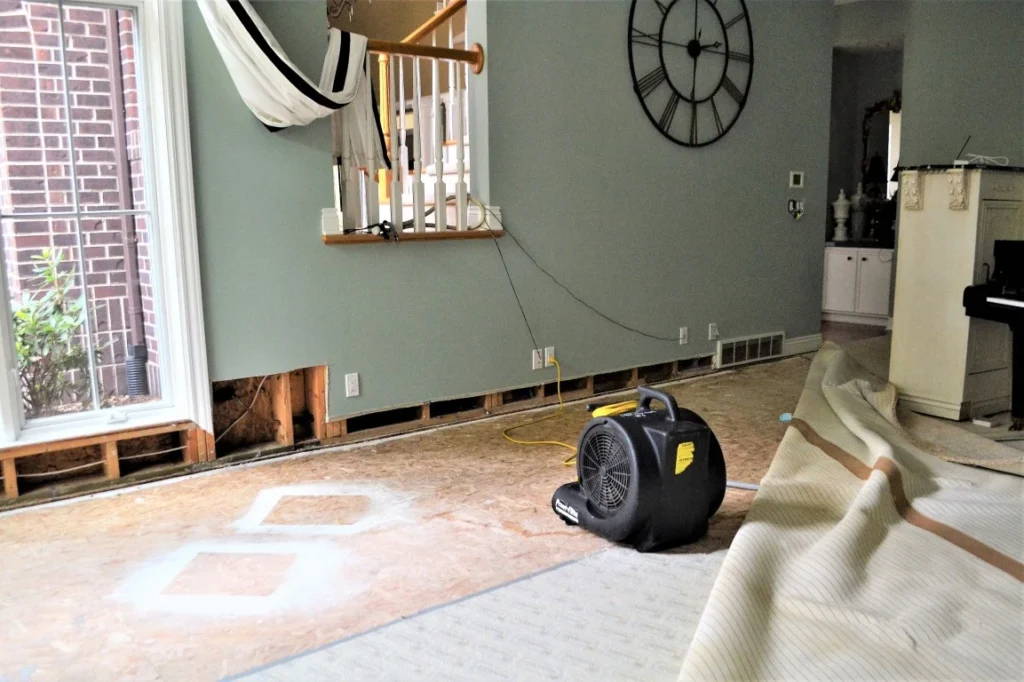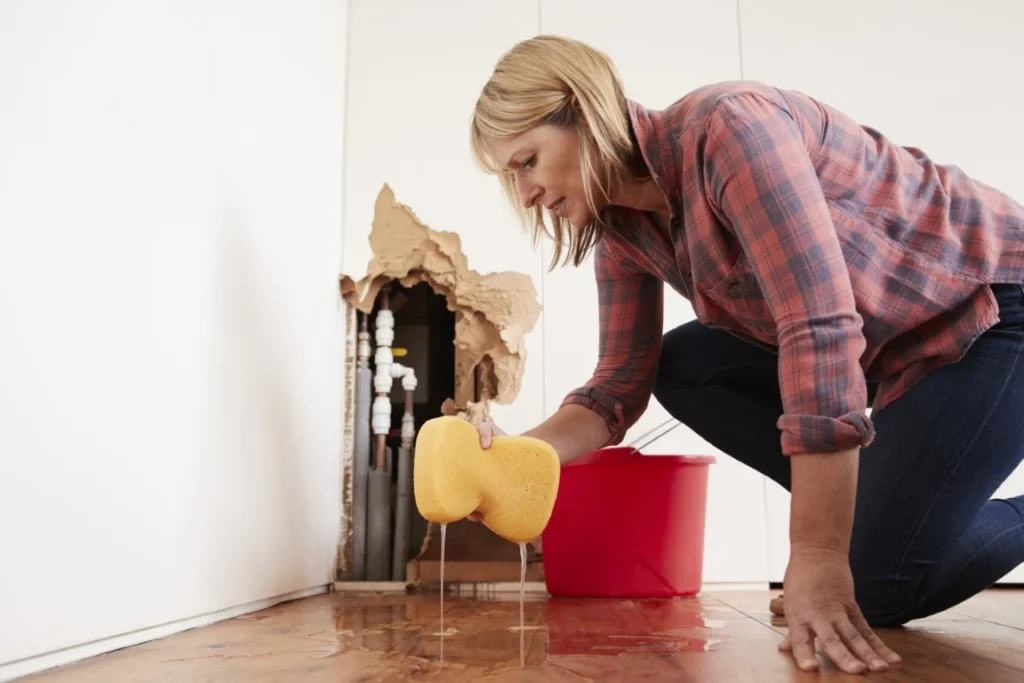Water damage is one of the most common and destructive problems property owners face. Whether it’s caused by a broken pipe, roof leak, or storm-related flooding, the damage goes far beyond what you can see on the surface. Once moisture seeps into your floors, walls, and framing, proper drying becomes critical. That’s where the structural drying process comes in. At ARC (American Restoration Contractors), we use industry-leading techniques and equipment to ensure your home or commercial space is dried safely, thoroughly, and fast—so no hidden moisture lingers to cause future problems.
Why Structural Drying Is So Important
It’s easy to assume that once standing water is removed, the danger has passed. But moisture trapped in subfloors, drywall, and support beams can linger long after the surface looks dry. Left untreated, this moisture leads to warped materials, microbial growth, and even structural failure. That’s why a targeted structural drying process is essential. It helps restore the integrity of your building materials, prevents mold growth, and reduces the need for future repairs. At ARC, we respond quickly and bring the expertise and equipment needed to dry your property down to its core.

Moisture Mapping and Inspection
The first step in any effective structural drying process is identifying where the moisture is hiding. Water always follows the path of least resistance, which means it can spread far from the original source. Our IICRC-certified technicians use advanced moisture meters, infrared cameras, and hygrometers to detect hidden pockets of water. We map the affected areas and determine how deeply the water has penetrated, ensuring no area is overlooked. This step also helps us track progress as the drying continues and verify that all moisture has been properly removed.
Controlled Air Movement and Dehumidification
Once moisture mapping is complete, we strategically place high-velocity air movers to accelerate evaporation from wet surfaces. These machines don’t just blow air—they’re designed to pull moisture from deep within structural materials. At the same time, industrial-grade dehumidifiers extract that moisture from the air, keeping humidity levels low and preventing condensation elsewhere. This one-two punch of air movement and dehumidification is key to a fast and effective structural drying process. ARC technicians monitor and adjust equipment as needed to ensure maximum efficiency.

Temperature Control to Support Drying
Temperature plays a big role in the drying process. Warmer air holds more moisture, which speeds up evaporation—but it needs to be carefully controlled. Overheating can damage materials or cause premature drying that leads to warping. That’s why ARC uses thermal systems that maintain the ideal temperature range for effective drying. We monitor not just the air temperature, but the surface and material temperatures throughout your space to make sure every component is drying evenly and safely.
Continuous Monitoring and Documentation
Drying isn’t a one-and-done step. It requires constant monitoring to ensure progress and safety. At ARC, we return daily to test moisture levels and make any necessary equipment adjustments. We document every stage of the structural drying process so homeowners, insurance adjusters, and restoration professionals all stay informed. This data not only proves that your property was dried properly—it also supports your insurance claim and speeds up the recovery process.
A Science-Backed Approach You Can Trust
Drying a water-damaged home isn’t guesswork—it’s a science. At American Restoration Contractors, we take pride in using proven techniques, state-of-the-art equipment, and certified experts to protect your property after a loss. Our comprehensive services include water damage mitigation, fire damage restoration , and mold remediation, all designed to restore your home quickly and completely. Contact us today for 24/7 emergency service and professional structural drying done right.


